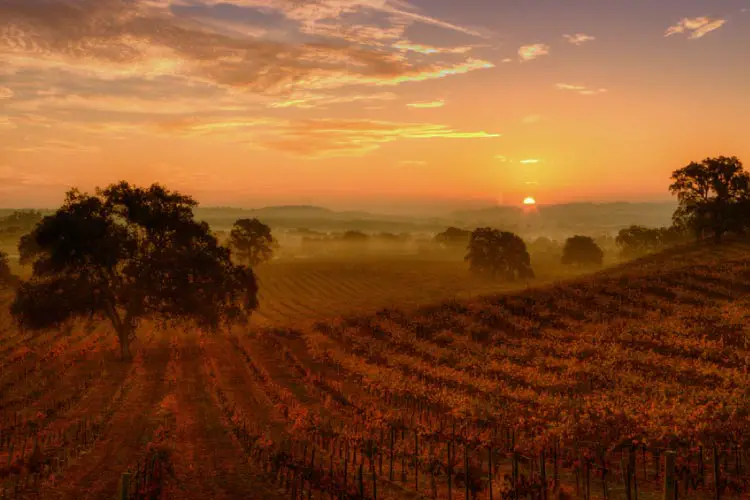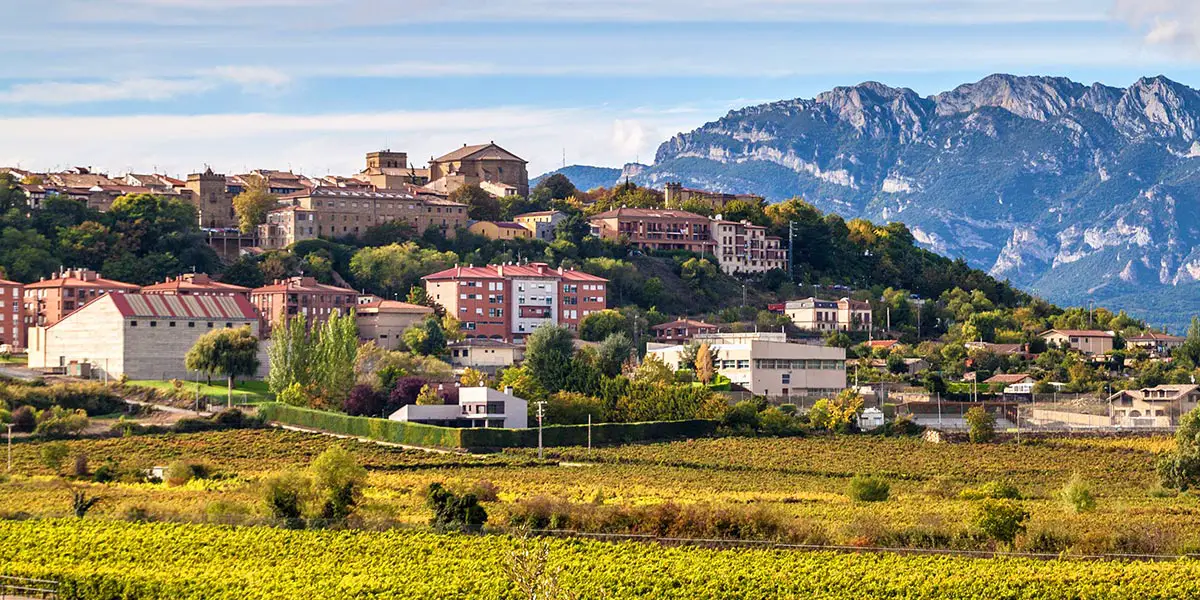10 of The Best Wine Regions in The World
Whether you’re a fan of red, white or rose, there is nothing like a good glass of wine. Since the Ancient Greeks and Romans first indulged in the fermented grape juice thousands of years ago, winemaking (and of course drinking) spread widely across Europe, before the ‘New World’ countries showed us what they could do. Now the wine industry is truly global. Here – in no particular order – is a list of the best wine regions in the world.
Canada
While it is not known for its viticulture, Canada has been producing different varieties of award-winning wine for over 200 years, primarily in British Columbia and Ontario. The country’s biggest export is ice wine, which is popular in China and Japan. This naturally sweet dessert wine is produced from grapes that have been frozen while still on the vine. Ontario’s Pelee Island led the way in producing commercially sold ice wine, but it doesn’t necessarily come cheap. In 2006, a half-bottle of Canadian Chardonnay ice wine was set at an astonishing C$30,000, making it the world’s most expensively priced wine.
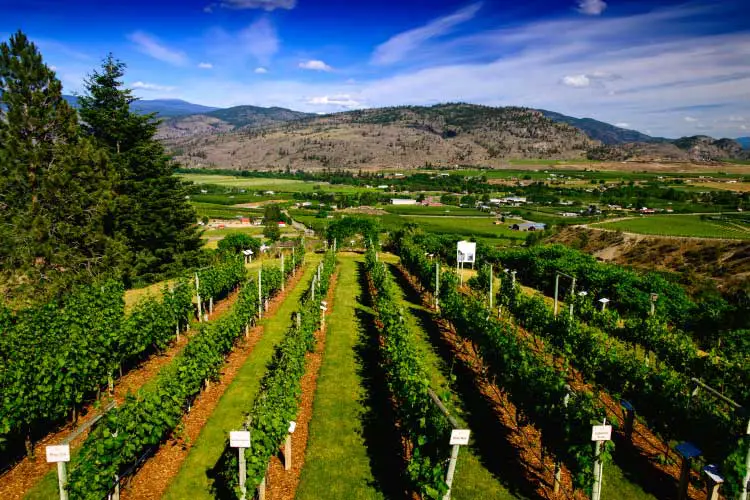
New Zealand
Visit New Zealand and find out why one critic described tasting its locally produced Sauvignon Blanc as like ‘having sex for the first time’. The renowned Marlborough wine region, in the country’s South Island, is said to be the best place in the world to grow these grapes, though high-quality wines are produced across New Zealand. If you’re flying into Auckland, make sure you catch a ferry to the nearby island of Waiheke for a wine tour. There are numerous major and independent wineries here, including Cable Bay, which recently won multiple awards for its pleasurable Sauvignon Blanc.
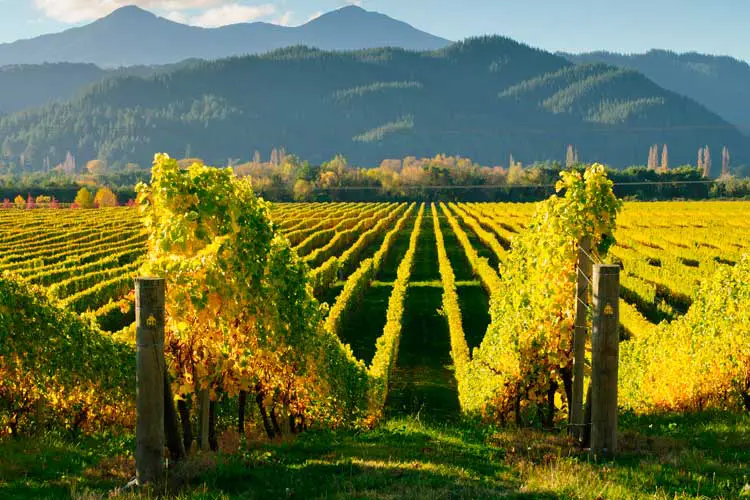
Chile
Casillero del Diablo, or ‘devil’s cellar’, is a popular wine brand produced by Concha y Toro, Latin America’s largest wine producer. Legend has it, over a century ago its founder Don Melchor de Santiago spread a rumour that his cellars were haunted by the devil, in order to successfully scare off thieves who were stealing his best bottles. Now his winery is one of the leading tourist destinations in Santiago de Chile. With red and white grape varieties imported from France, combined with the region’s constant sunshine and the protection of the neighbouring Andes Mountains, its vineyards and the notorious cellar have helped Chile become the world’s fifth-largest exporter of wine.
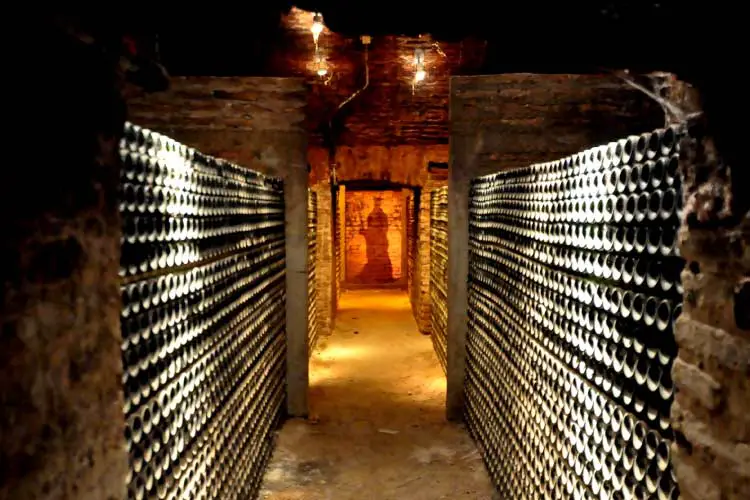
France
No guide to global wine would be complete without a mention of France. Home to the historic regions of Burgundy and Bordeaux, you will find no shortage of quality local wines here. Surrounding Bordeaux are the vineyards of Saint-Emilion, whose estates produce some of the world’s finest red wines, including Château Ausone and Château Cheval. If sparkling white wine is more to your taste, head to the northeast province of Champagne and learn the fascinating history of the Champenois, whose viticulture dates back to Roman times. The bubbly version of their local wine became a favourite with the quaffing French and British nobility, before the houses of Veuve Clicquot, Krug and Bollinger, among others, brought this luxurious drink into mainstream popularity.
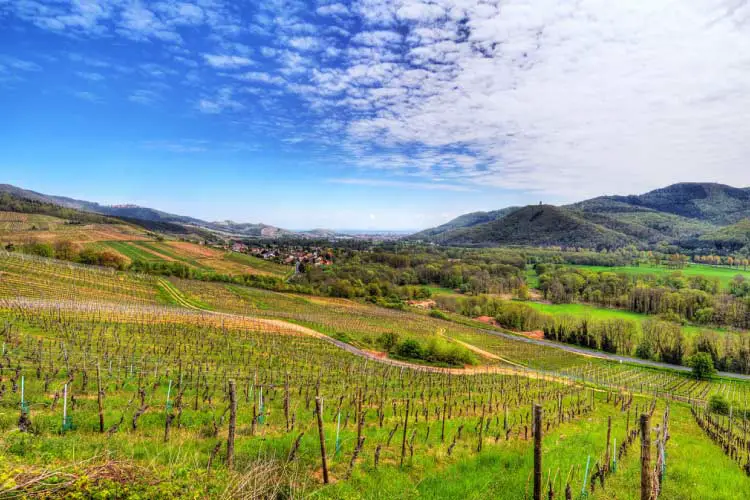
Spain
Spain is the world’s most widely planted wine-producing nation, with more than 2.9 million acres of land devoted to vineyards and over 400 varieties of native grapes. While 80 percent of its production is from just 20 grapes, its wine production status is outranked only by France and Italy. The major wine regions here are La Rioja and Valencia, which produce some of the world’s best reds. Head to the northern province of La Rioja for an in-depth tour of some of its 500 wineries and savour its deliciously bold eponymous wines as you admire the region’s stunning scenery.
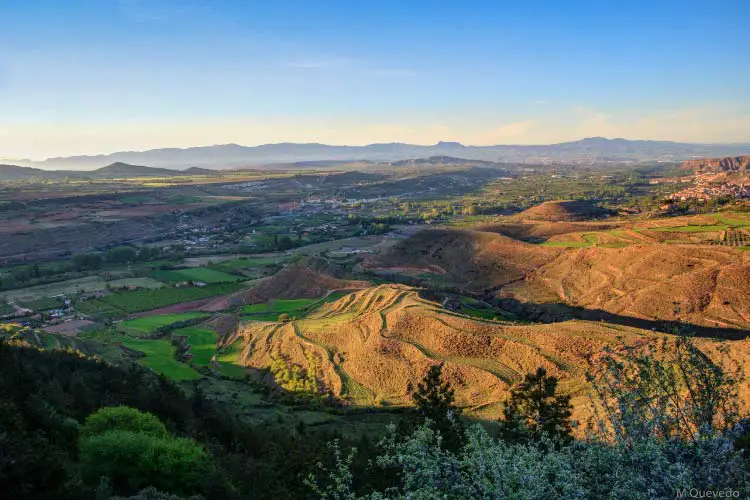
China
While China is more commonly known for its rice wine and plum wine, consumption of grape wine here dates back thousands of years to the Bronze Age. More recently, thanks to its strong ties with French producers and the economic boom, China has developed an expensive taste for grape wine and it now counts among the world’s top ten markets. Notable wine-producing regions include Beijing, Ningxia and Yantai-Penglai, whose 140 wineries produce 40% of China’s output. While some critics disregard Chinese wine, it’s worth noting that Chilean and Australian wines were once treated with similar disdain. Inner Mongolia is experimenting with organic wine and one international wine merchant has predicted that within 50 years the quality of Chinese wine will rival that of Bordeaux. Come to the country now and sample the wine of the future.
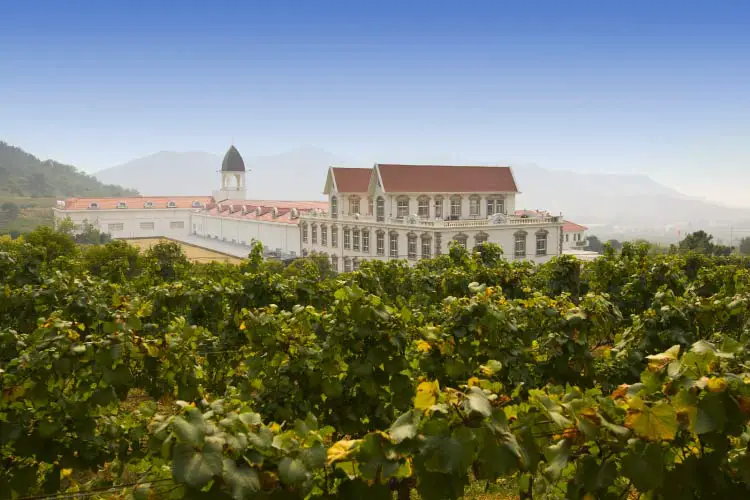
Argentina
This South American nation is so proud of its wine that in November 2010 the government declared it as its national liquor. Malbec is arguably Argentina’s most famous red wine, boasting a smooth, full-bodied flavour that pairs perfectly with the country’s celebrated steak. While production of Malbec is declining in the grape’s native France, it has thrived in Argentina since its introduction here in the mid-19th century. Mendoza accounts for over two-thirds of the country’s wine production, with its high altitude and sunny climate providing the ideal cultivating conditions. Visit the Luján de Cuyo and the Uco Valley regions to find Mendoza’s best Malbecs.
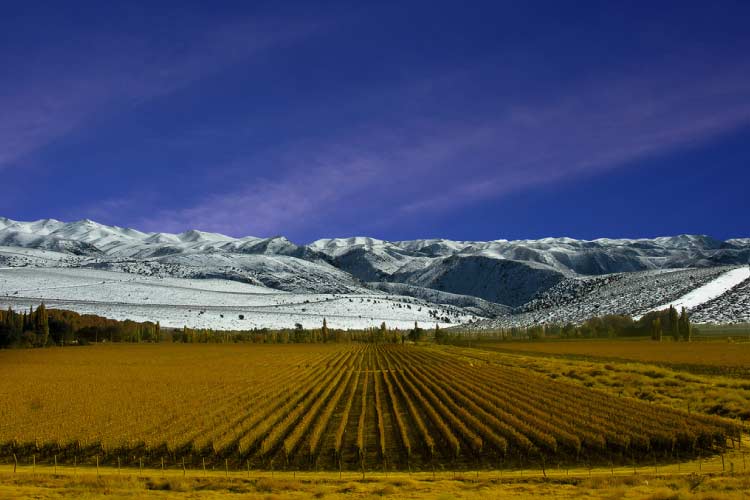
Portugal
Sweet, fortified port wine is produced exclusively in northern Portugal’s Douro Valley, the world’s oldest defined and protected wine region. At the heart of the production are the areas of Pinhão and São João da Pesqueira, known for their picturesque plantations clinging onto the steep slopes. Port is produced with a spirit known as aguardente, which is added during the production process to halt fermentation, leaving residual sugar in the wine and boosting the alcohol content. It is then stored and aged in barrels, often in a cellar or cave, before being bottled. The name comes from the seaport city of Porto, at the mouth of the Douro River, where the product was historically traded and shipped. Visit the city’s Port Wine Museum, located in an 18th-century warehouse, to learn more about this popular tipple.
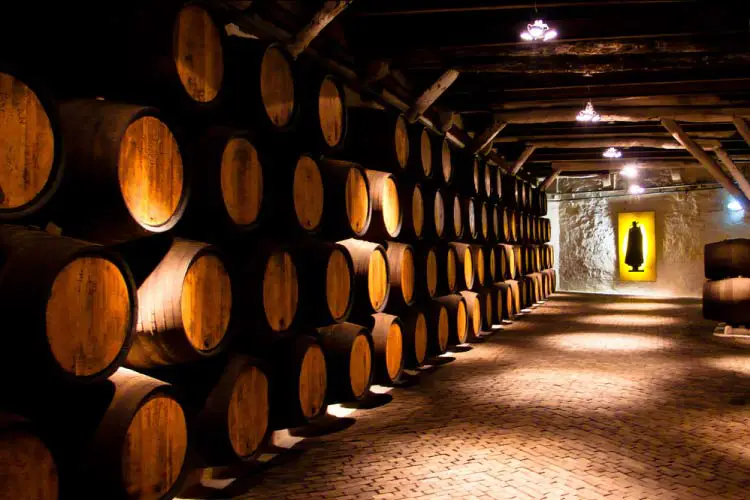
Germany
Germany is known for its white wine, which accounts for almost two thirds of its total production, but it is no longer all about the sweet and affordable Liebfraumilch; its reputation has soared thanks to its high quality Riesling. Mainly produced in the west, along the banks of the river Rhine, the wine cultivated here is aromatic, elegant and versatile. Visit the attractive city of Mainz, which is surrounded by vineyards, and enjoy a relaxing boat ride down the Rhine with a glass of locally grown, world class Riesling, to experience true German wine country.
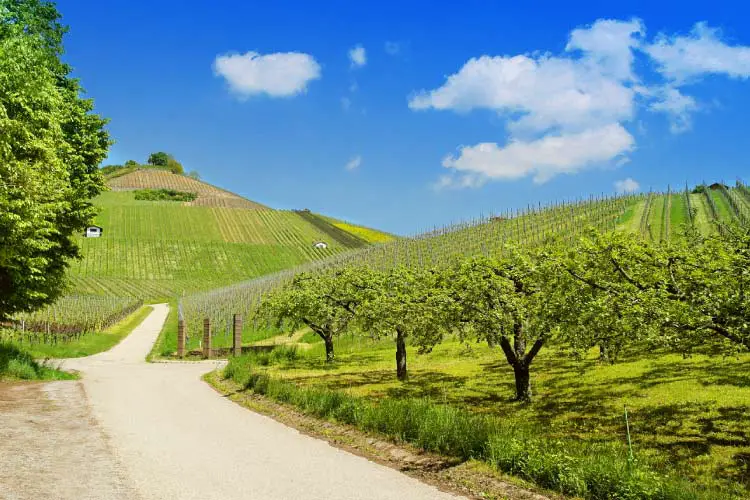
California
If you enjoyed the wine lovers’ movie ‘Sideways’, why not pay a visit to California’s Santa Barbara County, where it was filmed. Close to the celebrated Napa Valley wine region, but far less busy, its naturally beautiful Santa Ynez Valley is one of North America’s best Pinot Noir producing areas. Linger in the coastal village of Los Olivos, which has only just over 1000 residents, but more than 35 wineries and tasting rooms: an oenophile’s dream. For more wine exploration in Santa Barbara, discover the Foxen Canyon Wine Trail that stretches to the north.
